Outdoor outdoor leisure will show five trends
In the field of sportswear, the trend of sports and leisure has not slowed down. It is estimated that the global market capacity in the sports and leisure sector will reach US$270 billion. According to the data from Deutsche Bank, there is room for growth in the sports and leisure sector. Retail sales in the past six years have increased by 4.1%, while non-sports apparel brands have only increased by 0.2%. People wearing sportswear outside the gym have become commonplace. Some critics say that this trend is about to be outdated, but more retailers are keeping up with the tide of sports and leisure. Non-traditional retailers' sportswear business growth trend The top five sportswear brand inventory data (2015-2016), from left to right are Anderma, Nike, Adidas, Adidas Sports Performance, Arthurs Market share of sportswear brands in the United Kingdom Source: Euromonitor International The proportion of sports apparel brands in different social media platforms (Anglo-American market) According to L2, sports and leisure brands have paid more attention to the Instagram platform than YouTube and other platforms, and hope to release more content on it. China Sportswear Market Forecast Data Source: Eurovision International Wang Daren Reproduced from: China Clothing Talent Network Nantong Zhuoluo International Trading Co., Ltd , https://www.zlhomedecor.com
"The sports market is far from saturation. In fact, its ideal position is to completely change the consumer's lifestyle," said Katie Smith, a senior retail analyst at the data platform Edited.
Recently, Edited analyzed data from 2,600 sportswear retailers in the United Kingdom and the United States. The results showed that they not only increased their sales by 22% but also increased their sales by 27%. In addition, the sports and leisure industry also presents the following trends.
1. Non-traditional retailers are entering
Some "barbarians" outside the industry also smelled the market's urgent need for fitness and casual clothing. Brands that did not use sportswear in the past have also tried to get a share. For example, the black-and-white style Ivy Park launched by Beyonce and Topshop is the best example of non-traditional retailers entering the sports and leisure field. Once the brand was launched, it was sought after by fans. 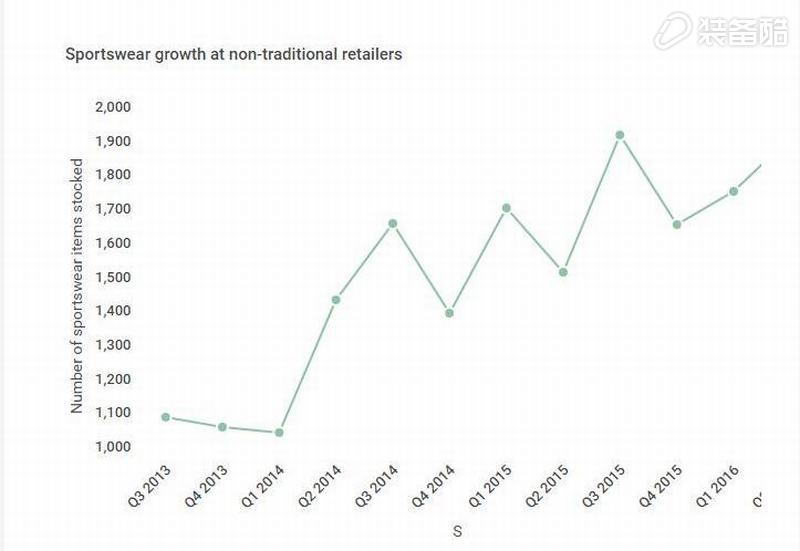
Compared to a luxury brand with thousands of leggings, quality and cheap sports and leisure apparel are being produced on a large scale and are increasingly attractive to consumers. There are views that this in turn has contributed to the decline in prices.
“The non-traditional retailers have just begun to seize this huge opportunity for development,†said Smith. “In order to maximize profits, retailers must not only keep up with sports trends but also make technological innovations in fabrics.â€
2. Large sports brands are still strong
Although Ai Wei Park is the eighth online brand with the largest inventory, traditional sports trademarks still dominate this increasingly saturated market. According to data from the Edited platform for the past three months, the five most popular online brands are still Nike, An Dema, Adidas Sports Performance, Arthur and Adidas.
The following table shows the upward trend of the popularity of these five brands since the same period last year. One thing to note is that the decline in the adidas sports performance series is partly due to the Adidas brand. 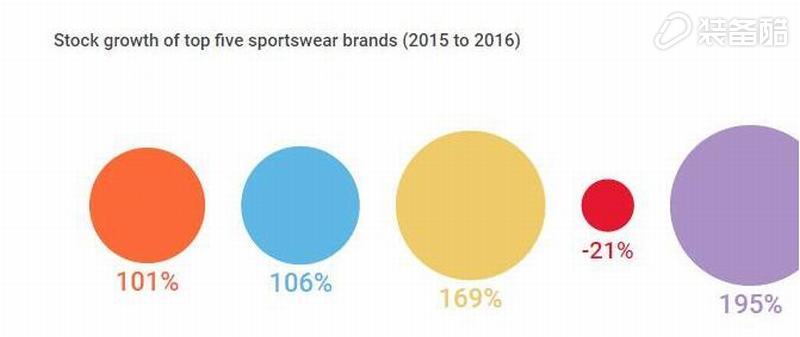
"Consumers need high-tech, high-performance and ultra-high-performance clothing," said Smith. In fact, according to Euromonitor, a market research company, the ranking of leaders in sports and leisure has not changed since 2012. As the leader in the field of sports and leisure, Nike's market share is also rising, while other major brands are constantly seizing the opportunity. 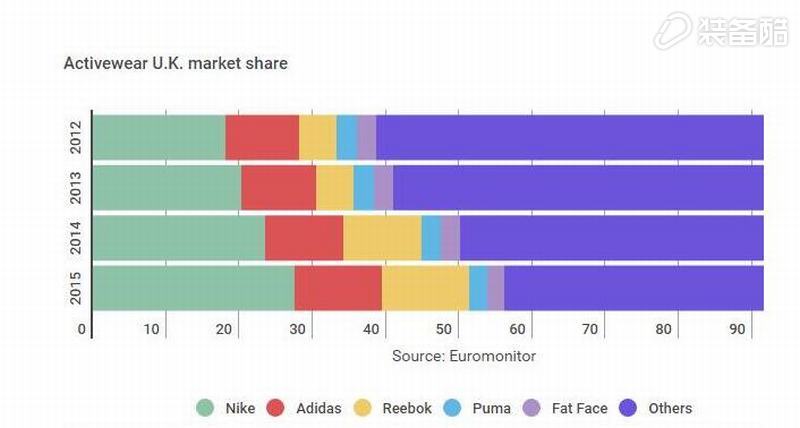
3. The second battlefield of sports casual wear
The fashion brand has always regarded Instagram as the second battlefield, as has the sports and leisure sector. 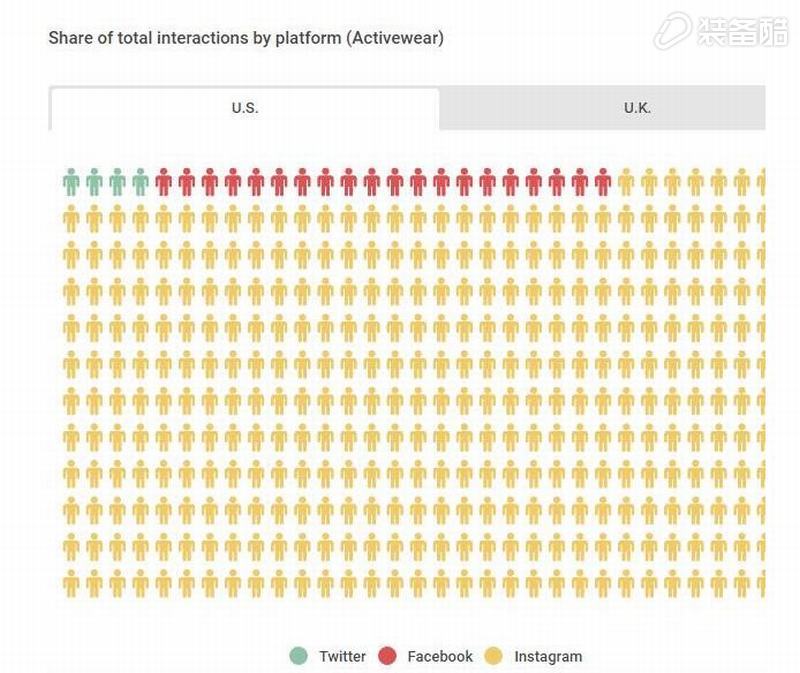
Retail analyst firm L2 collected data from January to April this year. The results show that the vast majority of interactions between brand owners and consumers occur on Instagram: The UK market share is 93%, and the US market is 94%. The proportion of interaction on Facebook is small, and the proportion of Twitter interaction between the United States and the United States is only 1%.
4. The Chinese market is growing rapidly
As the Western market gradually becomes saturated, markets such as China have begun to show more and more strong momentum. Because, the taste of the middle class here is also shifting from luxury to lifestyle. Li Lulu, who currently relies on Alibaba’s management of inventory, said that its Hong Kong store’s sales this year are expected to reach US$8 million. 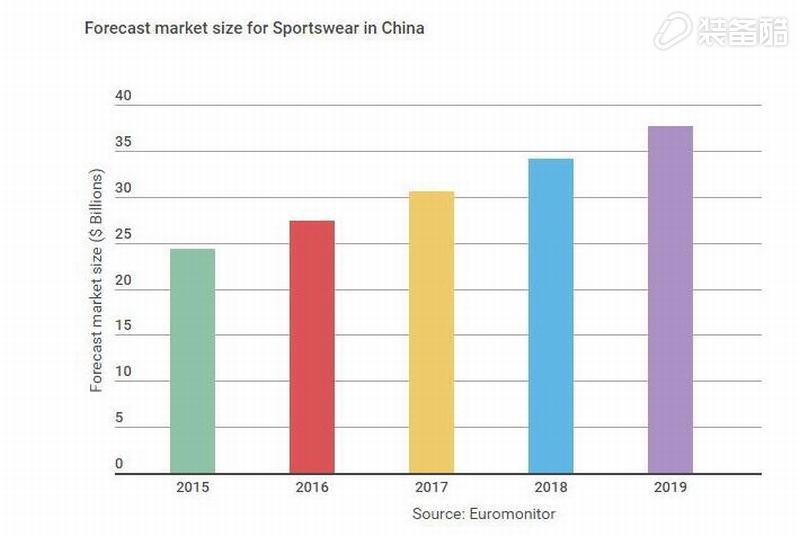
In 2015, China's sportswear market rose to 26.3 billion U.S. dollars. And, according to Euromonitor International, this figure is expected to grow at a double-digit annual rate, and it is expected to reach 43.1 billion U.S. dollars by 2020. In contrast, during the same period, the luxury market is expected to reach only $28.4 billion.
With regard to how sports and leisure brands take root in China, in the previous article of Sui and Tang Dynasties, “How does a foreign sportswear brand gain a foothold in China?â€, Matthew Crabbe, chief research officer of Asia Pacific Marketing at Mintel, has also warned that a brand of international The popularity does not guarantee that it will gain a foothold in the Chinese market.
“Foreign brands can't underestimate the impact of Chinese culture and Chinese brands' understanding of the local market and consumers. Brand owners should not think that the rapid development of the Chinese market means that the brand's rapid expansion - before they have to face Many competitive pressures," Crabb said.
5. Fashion designers join hands with sports brands
Sports and leisure wind not only scratched the streets, but also scraped the fashion circle. Nowadays, fashion designers/entertainment stars have joined hands with sports brands to launch sports and leisure production lines. For example, the famous New York designer Alexander Wang and the sportswear giant adidas have quietly cooperated, bringing surprises to both the fashion and sports worlds. The sports and leisure series jointly launched by the two sides is marked by an inverted clover, pushing sports and leisure back to the spotlight of fashion. 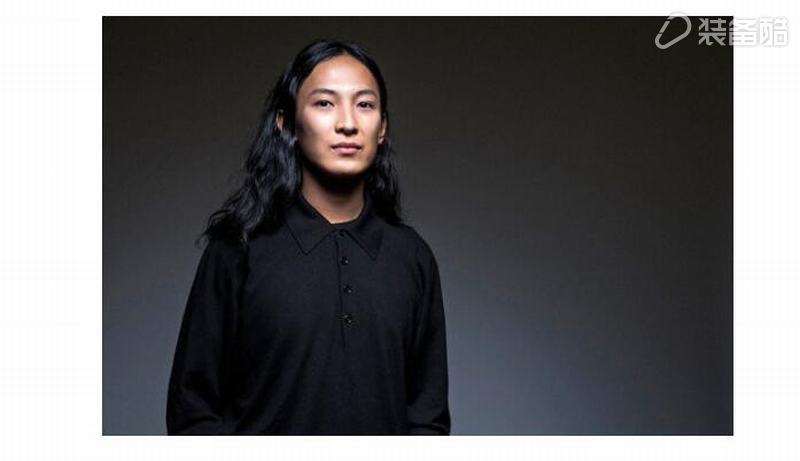
According to the latest data from research companies Fung Global Retail & Technology and First Insight, consumers are more willing to pay for sports and leisure products than suggested retail prices. Moreover, the growth trend in the sports and leisure field will become more normal, and the style of women's clothing will become more and more leisurely. The scope of the report covers 11 countries including the United States, Spain and Canada. According to the report, consumers are willing to spend more on knitting bases and leggings, respectively, up to 80% and 74% of the asking price.
Jennifer Bandler, owner of the sports fashion brand BANDIER, said that in the past few years, the meaning of sports and leisure has changed dramatically. “When we started BANDIER in 2014, there were also many sports brands,†she said. “The consumer is excited to see the new brand and wants to wear a sportswear that expresses his personality.â€
Before sports and leisure winds became popular, we had little choice of sportswear and it was difficult to express our personal style. Nowadays, people can wear sportswear of various styles to show their individuality. "From then on, fashion began to be inspired more by the sports market."